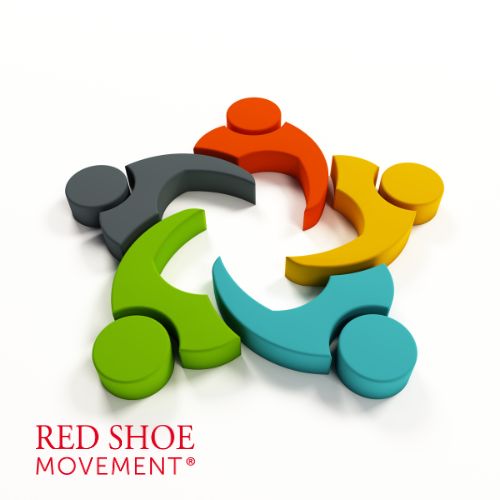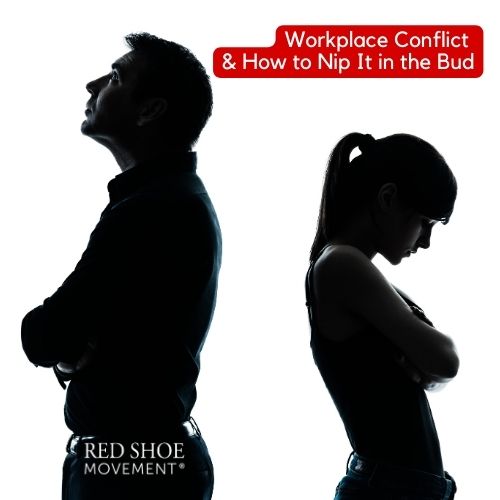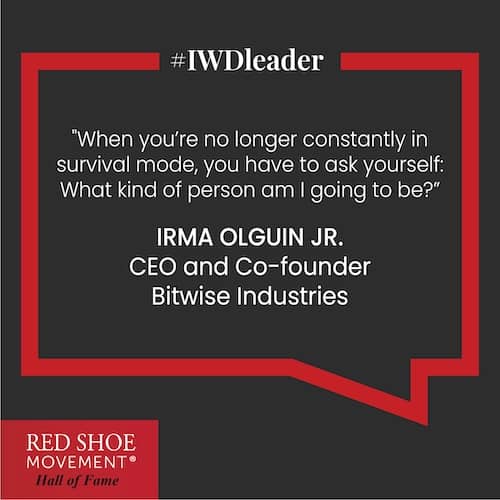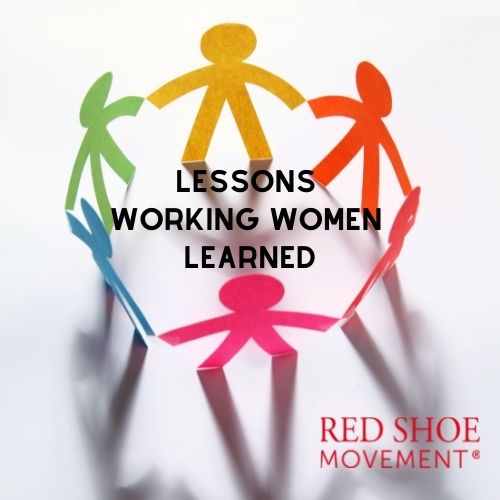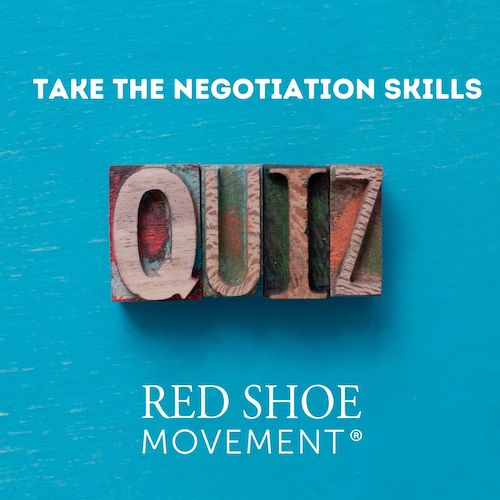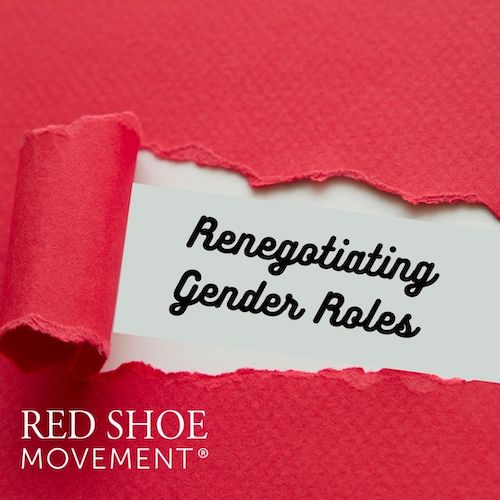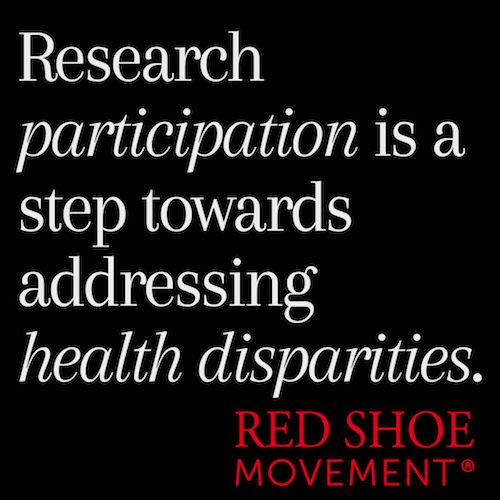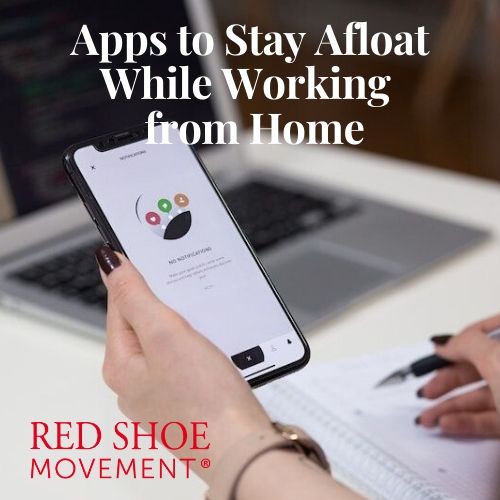In today’s hybrid workplace, boundaries are more important than ever—but they’re also more complicated to enforce. When your office is your living room, and Slack messages blur the line between work hours and personal time, the risk of burnout rises sharply.
Research from the Future Forum (by Slack) reveals that 43% of workers feel burned out—an all-time high—and women are more likely to report higher levels of stress and exhaustion, especially in flexible work environments where “always on” becomes the unspoken norm (source).
But here’s the challenge: women are often penalized more harshly for setting limits. We’re expected to be helpful, responsive, and collaborative—traits that sometimes clash with firm boundaries. So how can you protect your time, energy, and focus without being seen as difficult or disengaged?
Why Boundaries Are a Leadership Skill
Setting boundaries isn’t just a wellness strategy—it’s a leadership strategy. Boundaries help you prioritize what matters most, model healthy behaviors, and avoid burnout. They also signal confidence and clarity—two qualities associated with high performers.
In fact, according to research leaders who are clear about their availability and capacity are perceived as more trustworthy and emotionally intelligent.
Common Boundary Challenges in Hybrid Work
- Receiving messages outside working hours and feeling pressure to respond
- Being included in too many meetings with no clear role
- Taking on “office housework” like organizing events or training others
- Struggling to log off without guilt
- Being interrupted during heads-down time due to lack of clear norms
How to Set Boundaries Without Backlash
- Anchor Your Boundaries in Your Values
Frame your boundary around what matters: productivity, collaboration, or team performance. For example:
Instead of: “I don’t answer messages after 6 p.m.”
Try: “I protect my evening hours to stay fresh and effective the next day.”
Linking boundaries to your values makes them easier for others to understand—and harder to dismiss.
- Communicate Proactively, Not Defensively
People are more likely to respect boundaries when they’re framed clearly and proactively. If you know you’ll be offline during certain hours or unavailable for meetings on deep-focus days, let your team know in advance.
Example: “I’ll be in deep work mode on Thursdays and won’t be checking Slack—please text for urgent items.”
This sets expectations before they become problems.
- Use Shared Calendars and Status Tools
Make your boundaries visible. Block focus time on your calendar, use your Slack or Teams status to signal availability, and share a simple work-hour guideline with your collaborators. Research shows that visibility leads to compliance more than verbal reminders alone.
- Lead with Empathy and Consistency
You don’t have to apologize for setting boundaries—but you do want to show you understand team dynamics. Offer alternatives when saying no.
Instead of: “I can’t take that on.”
Try: “I’m at capacity right now, but I’d be happy to review it next week or recommend someone else.”
Consistency is key: boundaries that shift too often lose their power.
- Model the Behavior for Others
If you’re in a leadership position (formal or informal), people take cues from you. If you answer emails at midnight, you may unintentionally set that expectation for others. Instead, model respectful communication windows, log off visibly, and encourage your team to protect their focus time.
A good habit is to schedule your emails instead of sending them immediately after hours.
- Address Boundary Violations with Curiosity, Not Accusation
If someone ignores your boundary, don’t jump to confrontation. Use curiosity:
“Hey, I noticed a few pings after hours—was there something urgent I missed?”
This gives the other person a chance to clarify, recalibrate, or apologize without defensiveness.
- Know When to Reevaluate
Boundaries should serve you—not trap you. If a boundary is creating more friction than freedom, it may need to evolve. Revisit your boundaries quarterly and ask:
- Is this still helping me do my best work?
- Is it aligned with my team’s priorities?
- Have I communicated it clearly?
Adapt as needed—but don’t default to giving up.
Keep in Mind
In hybrid work, boundaries aren’t barriers. They’re bridges between your best work and your well-being. The more strategic and values-driven you are in setting and communicating them, the more effective—and respected—you’ll be.
Don’t wait for burnout to force the conversation. Lead it yourself—and help your organization thrive.
And if you’re ready to build your power skills and your self- confidence, join our Step Up Women year-long leadership program today.












































